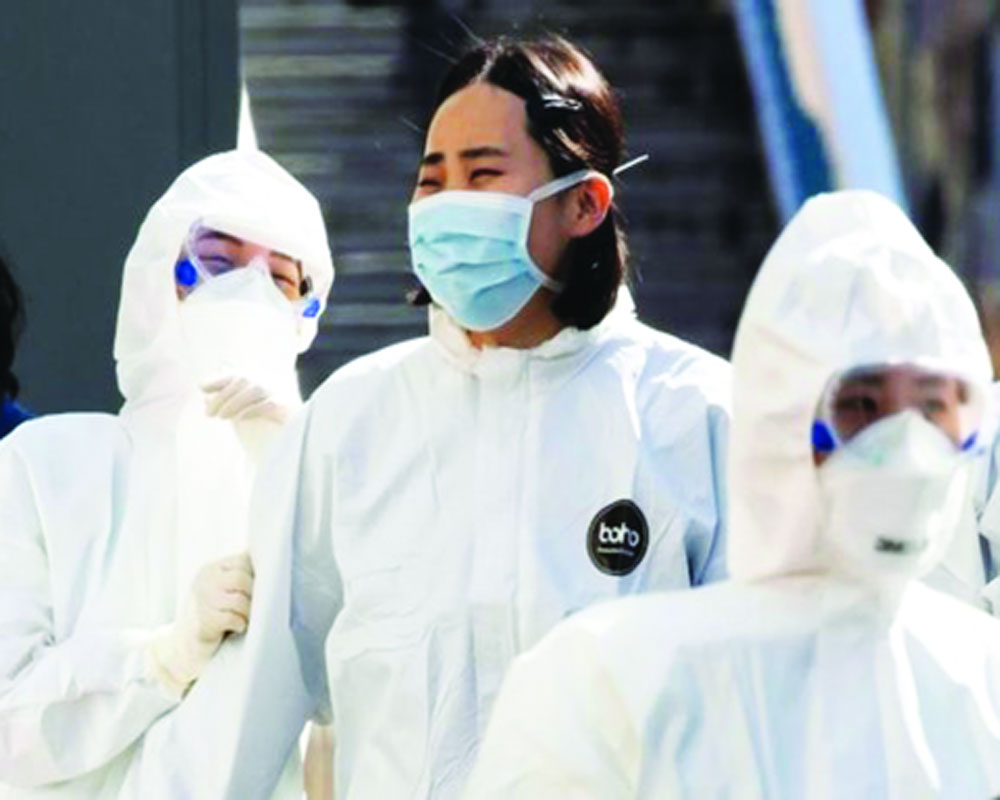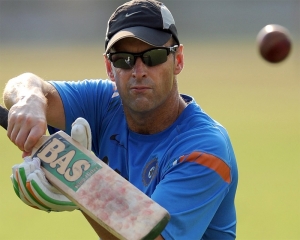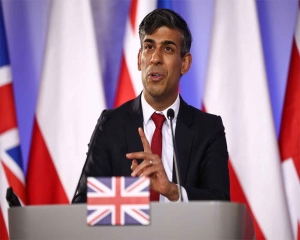Prolonged lockdown can’t be a solution and we need to learn from control models in Japan, South Korea and China
Let there be no doubt that India, which had probably misread the extent of the COVID-19 explosion at home, desperately needed to hold the upward curve by way of a lockdown. It looks draconian at the moment but given the huge humanitarian crisis it has generated, with the exodus of daily wage earners back to their villages on foot — a heaving mass of humans that can accelerate the spread — it can only be a stopgap. Dragging the economic slowdown further would mean the country would barely manage to pull along and its vast unorganised labour force would have to live in penury. Which is why all stakeholders concerned should use this lockdown to plan alternative containment strategies. Hereon, India, like any other country in the world, would have to learn to live with the virus. China, Japan and South Korea have already executed templates that work as both our Government and private stakeholders are now planning to ramp up testing kits and facilities on a war footing. Without this, we would not be able to make head or tail of the subterranean monster at work, which might be sleeping during a lockdown. All three nations have resorted to an aggressive testing protocol and enforced quarantine during the early onset of the disease, thereby arresting it, and codified a new lifestyle with military precision. The latter may seem like an insurmountable challenge in India but given the innovative distancing and no-contact models developed in some Government ration shops in some of our smallest towns, might not seem an impossibility. A vaccine isn’t coming till the second half of 2021 and till then only a practicable and implementable containment model can work.
Both Japan and South Korea, despite being so close to China, have evolved containment models and have not locked down either the economy or airports, although they’ve limited civic movement by encouraging work from home possibilities. In South Korea, once the country with the worst outbreak outside China, there is some semblance of normalcy around COVID-19, considering that it had internalised lessons from the first outbreak of a virus causing respiratory syndromes. It has one of the lowest casualty rates from COVID-19 in the world, just one per cent, simply because it is transparent, has mass-tested people (at accessible points like drive-throughs) enforced quarantine and traced contacts. It has even prepared itself for a relapse scenario by stockpiling on supplies like masks and other equipment. It has tested early and it has been swift. There was a time when medical experts were diagnosing more than 900 new cases a day. Yet it flattened the curve. It continues to remain vigilant through data analytics, looking for newer hotspots as they emerge and going for precise and targetted action. At the same time, the South Korean Government created a GPS-enabled app to monitor those under quarantine and set off an alarm if they ventured outdoors. Travellers entering the country are also being asked to record their symptoms on a state-sponsored app. In fact, the term “social distancing” originated here, with the Government codifying and marking spaces for use at public spaces like railway platforms and aggressively propagating guidelines on minutiae like using lifts and common spaces even in apartment complexes. China has used mass surveillance and algorithms to trace contact circles, quarantine them, monitor their daily activity and identify potential hotspots. Apartment blocks have scanners to monitor and screen every resident. Japan is unique, too, simply because it has ensured that 80 per cent of identified cases didn’t pass on the infection. No matter how badly it handled the cruise ship Diamond Princess, it targetted infection clusters at a comparatively early stage and contained the spread. Of course, Japan’s hygiene standards are impeccable — most people wear a mask at public spaces round the year and use sanitisers frequently. Washing hands works better for us and we have a habit that can be built upon. Besides with a culture that is not effusive about hugs and shaking hands, Japan has the advantage of having internalised a social distancing protocol longer than us. That’s why Prime Minister Shinzo Abe said that his nation did not need an emergency. Like us, all these countries have high population densities with a high propagation possibility. And like us, they all belong to an Asian culture. It is from these examples that we can draw as, though we are frail on health infrastructure, we can leverage technology to work out enforceable pre-emptive protocols. And use our popular culture media to disseminate the idea of a new way of living.


























